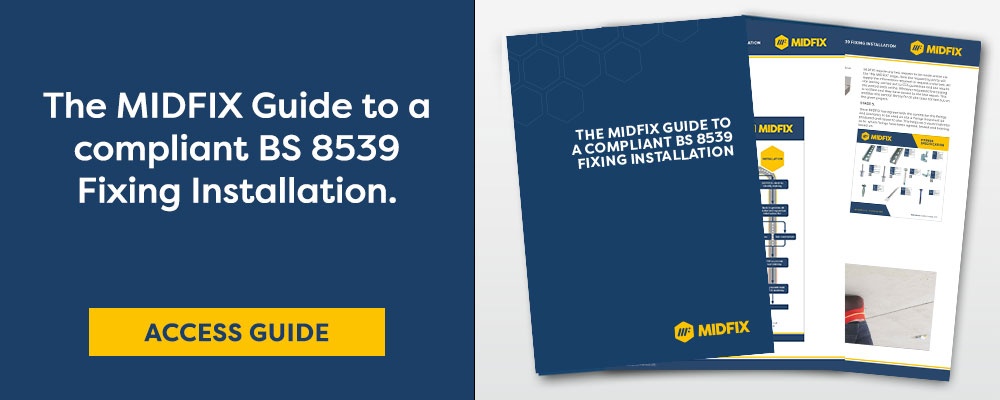In our latest soundout episode our anchor expert Stevan discusses concrete screws, its uses, and why they are proving popular onsite.
What are concrete screws?
Concrete screws are a type of interlocking anchor, they rely on the undercut principle. The thread cuts into the substrate with its flutes and the resulting resistance gives the anchor its performance.
What are the three main factors to consider when installing concrete screws?
- Size of the pilot hole
- Maximum torque value - concrete screws should not be over-torqued as this can undermine their performance.
- When using a power tool for installation ensure you check the torque rating.
What are the benefits of specifying concrete screws?
- Small diameter for fast installation
- Due to their low stresses, you can install them closer together and closer to edges
- Available in a multitude of different lengths, diameters, and head designs to suit
- Easily driven with cordless drills or impact drivers using sockets
Why would you select a concrete screw over a deformation-controlled anchor (drop-in anchor)?
One key reason is due to the speed of installation.
For example:
Where you would normally use a deformation-controlled anchor (otherwise known as a 'drop-in') an M10 x 30 would require a 12mm diameter hole to be drilled into the substrate, whereas the equivalent concrete screw just requires a 6mm pilot hole to be drilled resulting in a faster installation.
Compliant Installation Training
BS 8539 is clear; ‘installers must be trained on the anchor installation, they must be supervised and upon completion, the installation should be certified by the contractor’s supervisor’
If however, an ETA anchor has been used into a known substrate and installed and supervised by a competent individual then testing is not required.
Why is it important to use the correct tool for installing anchors?
It is critical when installing anchors that holes are drilled to the correct diameter and depth. Using a worn drill bit results in undersized holes, making installation difficult and increasing stresses in the anchor material potentially leading to a failure – inspect drill bits frequently and replace when worn.
Removing dust from the holes is another important factor to prevent the anchor from bottoming on the compacted dust.
Are you certain that your team of on-site installers can install an anchor correctly, in-line with BS 8539?
No?
Upskill on-site installers and supervisors with the MIDFIX Academy
The MIDFIX Academy is the only specialist training and technical resource to upskill and support installers and supervisors in the M&E sector.
The MIDFIX Academy offers:
- Anchor installation, supervisor training & firestopping courses
- Simple sign-up process
- Contractor installation accountability
- Complete flexibility – learn whenever it suits you
The MIDFIX Academy plays a crucial role in reducing installation error and promoting BS 8539 best practice.
Start the conversation around anchor/fixing compliance.


